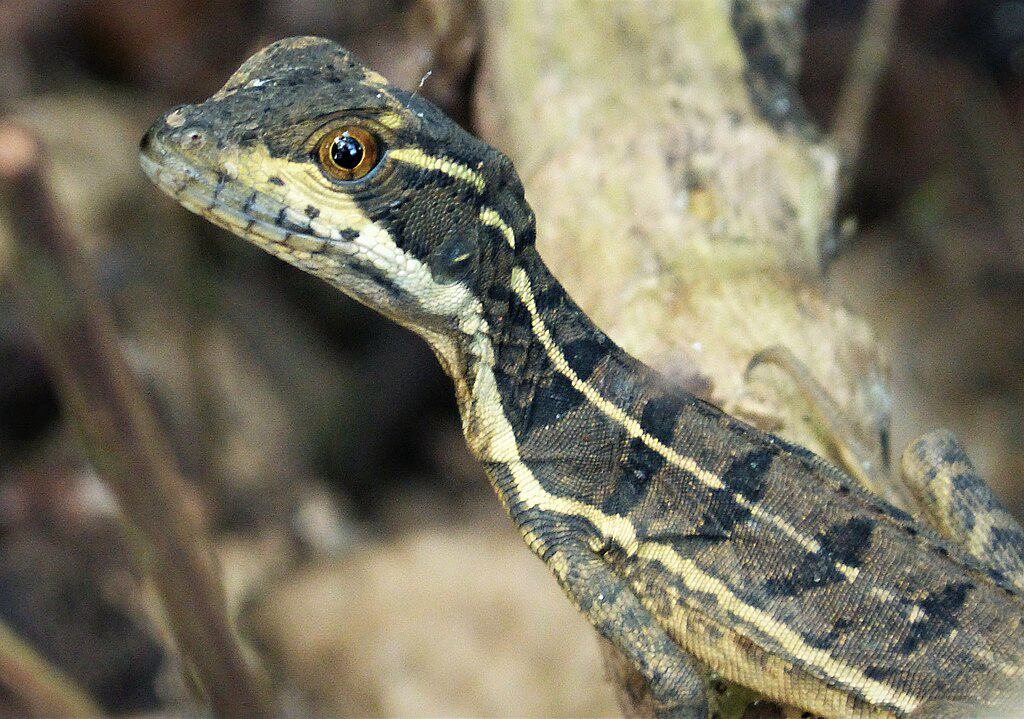The basilisk, a mythical creature with the power to kill with a mere glance, has captivated human imagination for millennia. Its origins can be traced back to ancient Mediterranean cultures, with Pliny the Elder providing one of the earliest detailed accounts in his “Natural History” in the 1st century CE. He described the basilisk as a small serpent with a crown-like crest, native to the province of Cyrenaica in North Africa. According to Pliny, this creature was so venomous that it left a trail of deadly poison in its wake and could kill shrubs not only by contact but even by breathing on them.
The name “basilisk” itself derives from the Greek “basiliskos” meaning “little king,” a reference to the crown or crest that adorned its head. As the legend traveled through time and across cultures, the basilisk evolved from a simple deadly serpent into the more complex hybrid creature we recognize today. Roman soldiers supposedly carried warnings about these creatures on their campaigns into North Africa and the Middle East, spreading the legend throughout the ancient world and establishing the basilisk as one of the most feared creatures in folklore.
The Rooster-Serpent Hybrid

The basilisk’s most recognizable form, which developed during the Medieval period, is that of a chimeric creature combining features of both a rooster and a serpent. This bizarre hybrid was typically described as having the body of a serpent, the head of a rooster, and in some accounts, the wings of a bird. The creature’s most distinctive feature remained its crown or comb, reminiscent of a rooster’s crest, which symbolized its status as the “king of serpents.” This amalgamation of avian and reptilian features represented a perversion of nature that medieval minds found particularly disturbing.
The unnatural fusion of warm-blooded bird and cold-blooded reptile embodied the concept of corruption and evil in medieval symbolism. Artists and illuminators of the period depicted the basilisk with vivid imagination, often enhancing its monstrous appearance with additional features like multiple legs, scorpion-like tails, or fiery breath. These artistic representations further cemented the basilisk’s reputation as a creature that defied natural order, existing at the boundary between known animal categories and thus becoming a symbol of chaos and disorder in a world that valued divine harmony and natural balance.
The Deadly Gaze: Origins of Petrification

The basilisk’s most feared power was its lethal gaze, which was said to turn living beings to stone instantly. This petrification ability has made the basilisk one of the most enduring mythological monsters throughout history. The concept of death by sight alone represented a terrifying power that bypassed all normal defenses. Unlike other deadly creatures that needed physical contact to harm their victims, the basilisk could kill from a distance, making it virtually impossible to combat through conventional means. The idea that merely looking at something could prove fatal tapped into primal human fears about invisible or intangible threats.
Some historical accounts suggested that the basilisk’s gaze was so potent that the creature could kill itself if it saw its own reflection in water or a mirror. This supposed weakness became integral to legends about how heroes could defeat the monster. The petrification myth may have been influenced by real-world phenomena such as the rigid, statue-like appearance of bodies in certain stages of decomposition or the sudden freezing of prey animals when confronted by predators. Throughout literary history, this deadly gaze concept has influenced numerous other mythical creatures, including Medusa from Greek mythology and various evil-eye superstitions from cultures worldwide.
Reproduction and Birth: The Basilisk’s Unnatural Origins

Perhaps the most peculiar aspect of basilisk lore concerns its alleged method of reproduction. According to medieval bestiaries, the basilisk hatched from an egg laid by a rooster and incubated by a toad or snake. This bizarre reproductive method embodied the medieval concept of corruption and unnatural creation. The idea that a male bird could produce an egg violated the natural order and suggested something fundamentally wrong with the basilisk’s very existence. This “cock’s egg” had to be incubated in dung or by a toad—animals associated with filth and corruption—further emphasizing the basilisk’s impure origins.
The timing of the basilisk’s birth was also considered significant in folklore. Many accounts specified that the egg must be laid during the dog days of summer when the star Sirius dominated the sky, a period associated with disease and misfortune. Some versions claimed the egg must be laid during a particular astronomical alignment or during a specific phase of the moon. These celestial requirements reinforced the basilisk’s association with cosmic disorder and supernatural evil. The unnatural birth story served as a cautionary tale about the consequences of perverting nature’s laws and helped explain why the basilisk possessed such unholy powers.
The Basilisk in Medieval Literature and Art
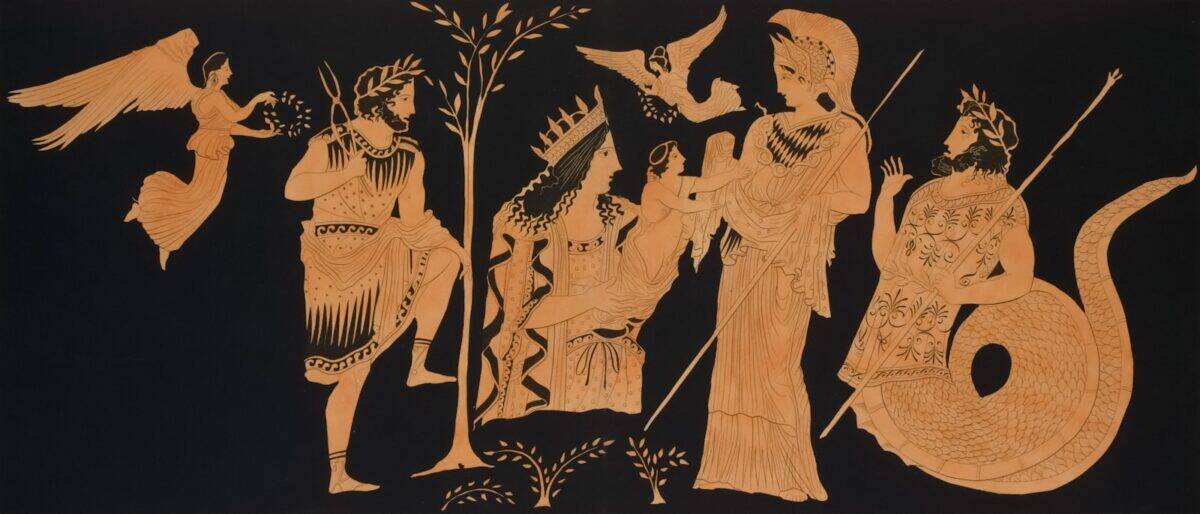
During the medieval period, the basilisk became a frequent subject in illuminated manuscripts, bestiaries, and religious art. These works often portrayed the basilisk as a symbol of sin, heresy, or the devil himself. The Aberdeen Bestiary, created around 1200 CE, contains one of the most famous depictions of the basilisk, showing it with a serpent’s body, a rooster’s head, and eight legs. The text accompanying such images would typically warn of the creature’s deadly powers and explain its significance as a metaphor for evil. In religious contexts, the basilisk often represented Satan or death, while knights defeating basilisks symbolized Christ’s triumph over sin.
Literary references to the basilisk appear in works by prominent medieval writers including Chaucer, who mentions the creature in “The Parson’s Tale” as a metaphor for deadly sin. Hildegard of Bingen, the 12th-century mystic and natural philosopher, described the basilisk in her medical writings as the embodiment of certain diseases. The enduring popularity of the basilisk in medieval literature reflects its perfect embodiment of period anxieties about hidden dangers, corruption of the natural order, and the omnipresent threat of sudden death in a world where disease and warfare could strike without warning. The basilisk’s iconic status was so established that merely invoking its name could evoke fear and fascination.
Historical “Sightings” and Alleged Encounters
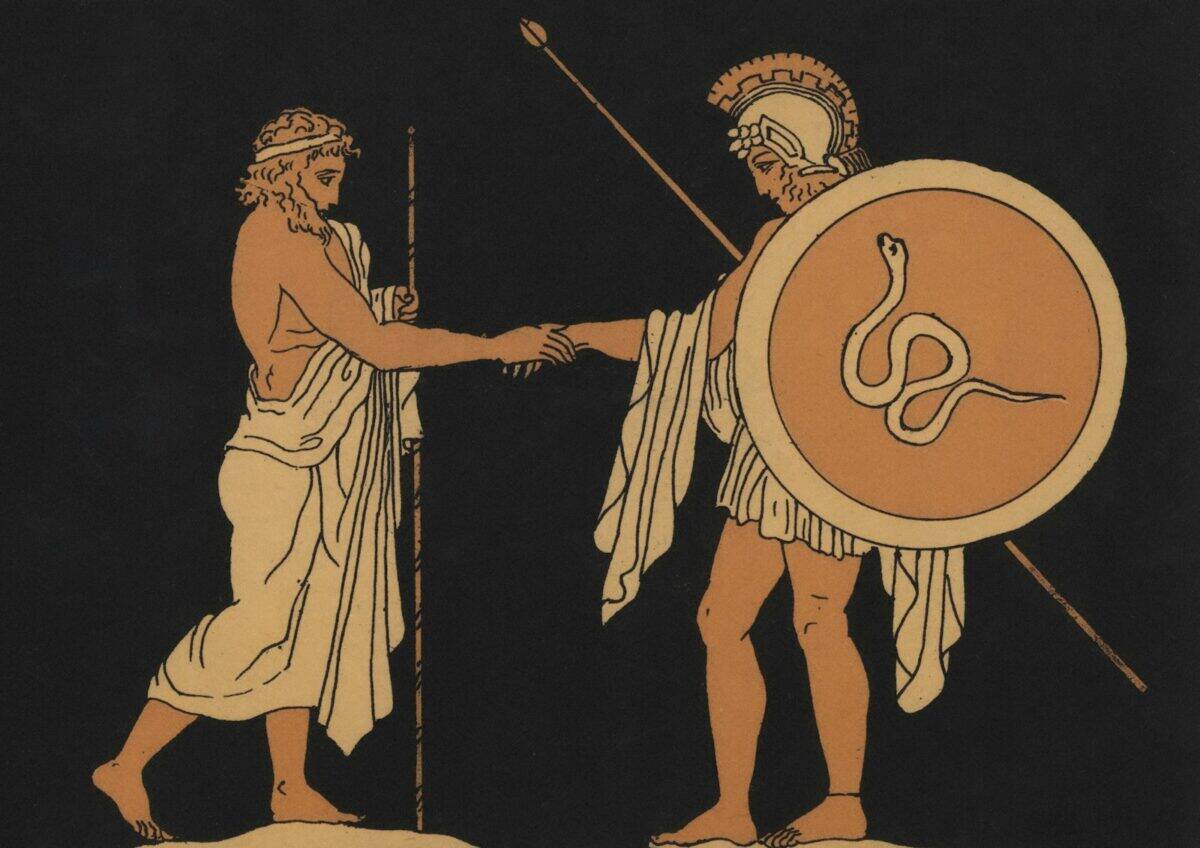
Throughout European history, alleged basilisk sightings caused panic in communities and sometimes led to mass hysteria. One of the most famous incidents occurred in Warsaw in 1587, when several children mysteriously died in the basement of a house. Local authorities became convinced a basilisk was responsible after witnesses reported seeing a strange creature with glowing eyes. The city officials eventually hired a condemned criminal, equipped with mirrors and protective coverings, to investigate the cellar. While this particular case was likely attributable to poisonous gas exposure or disease, it demonstrates how the basilisk explanation provided a framework for understanding inexplicable tragedies.
Similar incidents were reported across Europe through the 17th century. In Basel, Switzerland, in 1474, a rooster was actually put on trial and executed for the “unnatural and unholy act” of laying an egg, which citizens feared would hatch into a basilisk. In Vienna and other cities, mysterious deaths in cellars or wells were frequently attributed to basilisks lurking in the darkness. These “sightings” typically occurred during times of plague or social upheaval, when communities sought explanations for seemingly random tragedies. The basilisk provided a tangible enemy that could be fought, unlike invisible diseases or complex social problems, making it an attractive scapegoat for frightened populations.
Scientific Explanations Behind the Myth
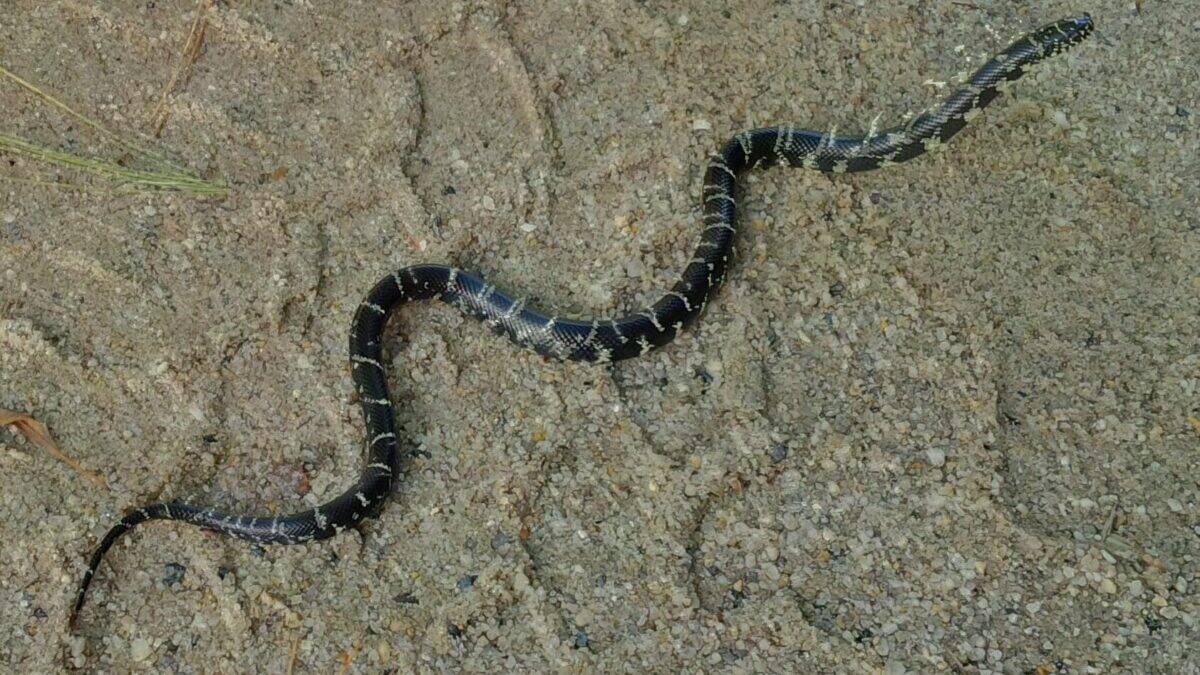
Modern scholars have proposed several theories to explain the persistence of basilisk legends. One compelling explanation connects the myth to real animals that ancient and medieval people might have encountered. The Egyptian cobra, for instance, can rear up and spread its hood when threatened, potentially resembling the “crowned” serpent described in early accounts. This cobra’s deadly venom and ability to spit toxins at predators might have contributed to beliefs about the basilisk’s lethal capabilities. Additionally, the discovery of fossilized dinosaur and prehistoric reptile remains, which would have been unidentifiable to pre-modern observers, could have fueled stories about strange serpentine creatures.
The psychological basis for the basilisk myth lies in the universal human fear of snakes and reptiles, combined with the terror of invisible or untouchable threats like disease. During the frequent plague outbreaks of medieval Europe, the seemingly random nature of who lived and who died could easily be attributed to a creature that killed with a mere glance. The basilisk also served as a perfect symbol for medieval anxieties about corruption and unnatural creation. Scientific understanding of spontaneous generation—the belief that living organisms could arise from nonliving matter—was still prevalent, making the basilisk’s bizarre reproduction method seem plausible to people of the time.
The Basilisk’s Weaknesses and How to Defeat It
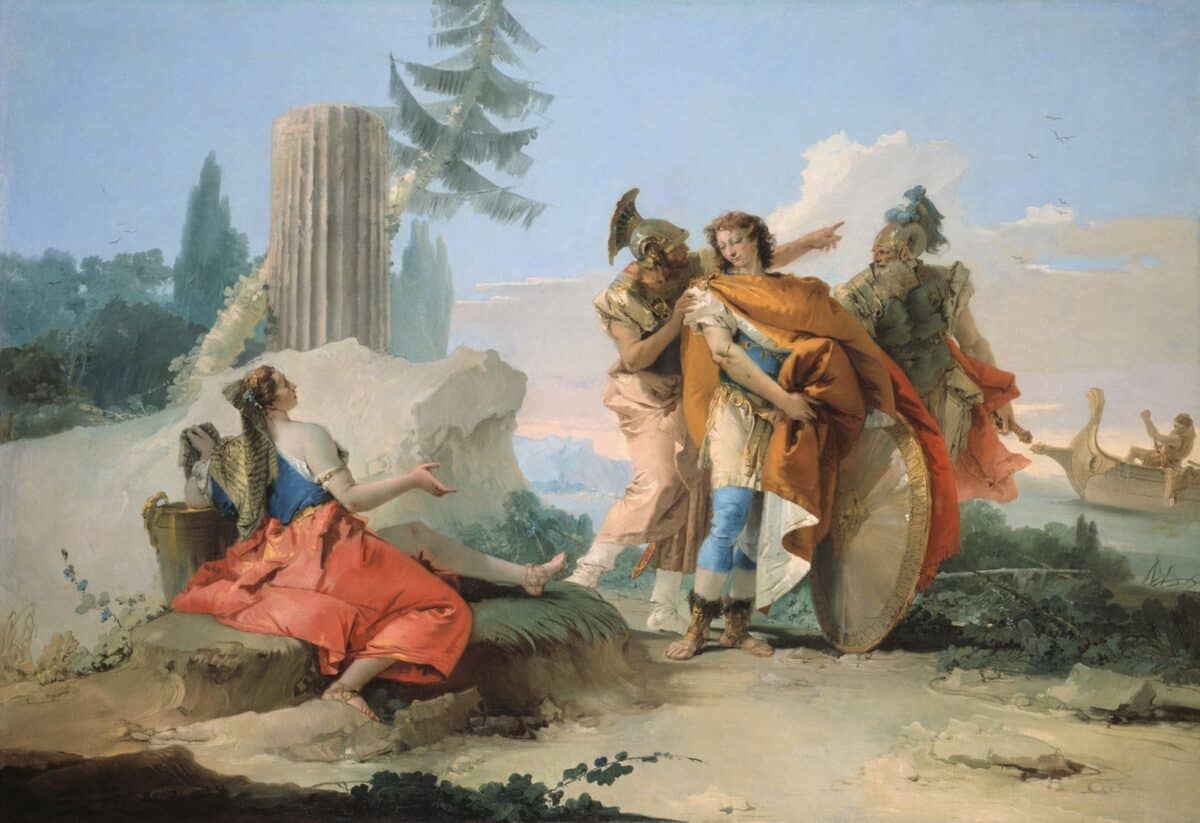
According to legend, despite its fearsome powers, the basilisk was not invincible. The most widely cited method for defeating a basilisk involved mirrors, which could reflect the creature’s deadly gaze back upon itself. Warriors seeking to slay a basilisk would reportedly arm themselves with polished shields or mirrors, allowing them to approach the monster without looking directly at it. This method appears in numerous medieval tales and became one of the standard tropes associated with basilisk encounters. The mirror solution represents a satisfying form of poetic justice, with the creature destroyed by its own evil power.
Another reported weakness was the crowing of a rooster, which was said to be fatal to the basilisk—an ironic vulnerability given the creature’s partial rooster nature. The smell or presence of weasels was also believed to repel or kill basilisks, a belief possibly stemming from observations of weasels hunting snakes. Some medieval texts suggested wearing crystal amulets for protection or carrying rue, a strong-smelling herb thought to neutralize the basilisk’s venom. Interestingly, these traditional remedies reflect actual snake-repelling techniques used throughout history, suggesting that practical knowledge about dealing with venomous reptiles became incorporated into the more fantastic basilisk legends.
The Basilisk in Alchemy and Occult Traditions

In alchemical texts and occult traditions, the basilisk took on significant symbolic importance beyond its role as a deadly monster. Alchemists adopted the basilisk as a symbol for dangerous but powerful substances, particularly caustic chemicals that could “kill with a touch” like the mythical creature. The basilisk also represented the transformative power of alchemy itself—the ability to change one substance into another mirrored the creature’s petrifying gaze that transformed living flesh to stone. In some alchemical writings, successfully creating the philosopher’s stone required subjugating or mastering the “inner basilisk,” a metaphor for controlling the destructive aspects of the alchemical process.
Occult traditions incorporated the basilisk into magical practices in various ways. Some grimoires claimed that carrying basilisk blood or powder would confer invulnerability or the power to harm enemies from a distance. Other texts suggested that certain rituals required materials from a basilisk, though these were likely metaphorical rather than literal requirements. The association between basilisks and forbidden knowledge made them popular in encoded alchemical and occult writings, where the creature served as both a warning about the dangers of seeking power and a promise of the transformation that awaited those who mastered the secrets of nature. This dual nature—both destructive and transformative—made the basilisk a perfect symbol for the ambivalent attitude toward knowledge that characterized medieval and Renaissance occultism.
The Basilisk in Modern Popular Culture
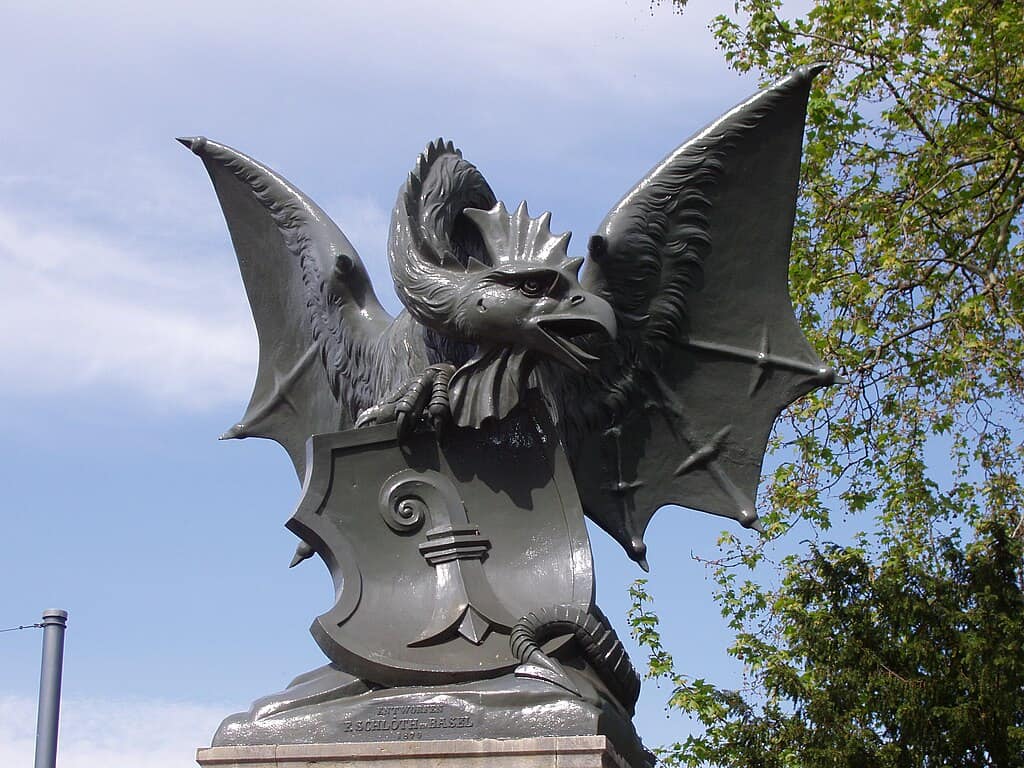
The enduring appeal of the basilisk myth has ensured its prominent place in modern popular culture. Perhaps the most famous contemporary appearance of a basilisk is in J.K. Rowling’s “Harry Potter and the Chamber of Secrets,” where the creature retains many of its traditional characteristics while gaining new elements suited to the magical world of the series. In Rowling’s interpretation, the basilisk is a massive serpent whose gaze is instantly fatal, though indirect contact (such as seeing it through a reflection) results in petrification rather than death. This adaptation cleverly preserves the core of the original myth while creating narrative possibilities that wouldn’t exist with an instantly lethal monster.
Beyond Harry Potter, basilisks appear in numerous video games, fantasy novels, and tabletop role-playing games like Dungeons & Dragons, where they typically retain their petrifying gaze but often lose the rooster elements of their appearance. The creature has featured in television shows like “Game of Thrones” and “Merlin,” though often significantly altered from its traditional form. Modern depictions tend to emphasize the serpentine aspects of the basilisk rather than its hybrid nature, perhaps reflecting contemporary preferences for more biologically plausible monsters. Nevertheless, the fundamental concept of a creature that can kill with a glance remains powerfully compelling to modern audiences, ensuring that the basilisk continues to slither through our collective imagination.
Related Mythological Creatures

The basilisk belongs to a family of mythological creatures that kill through sight or breath, sharing characteristics with several other legendary beings. The most notable relation is Medusa from Greek mythology, whose gaze turned victims to stone—a power strikingly similar to the basilisk’s. However, while Medusa was a humanoid figure with snakes for hair, the basilisk represented a more bestial threat. The cockatrice, often confused with the basilisk, was essentially a variant of the same creature in medieval folklore, though typically depicted with more pronounced bird features, including wings. Some scholars suggest the cockatrice evolved as a visual interpretation of the basilisk, with artists adding bird elements to better represent its connection to roosters.
Other related creatures include the catoblepas, an African monster whose gaze or breath was said to be fatal, and the gorgons, Medusa’s sisters who shared her petrifying abilities. The Middle Eastern ifrit and various evil-eye creatures from worldwide folklore also share the basilisk’s power to harm through sight alone. These similarities across cultures suggest a universal human fear of being seen by something dangerous—perhaps reflecting ancient survival instincts warning against meeting the gaze of predators. The basilisk’s place within this family of sight-based killers demonstrates how fundamental the fear of deadly vision is to human psychology, appearing independently in mythologies around the world and continuing to resonate in our modern monster stories.
The Legacy of the Basilisk Myth
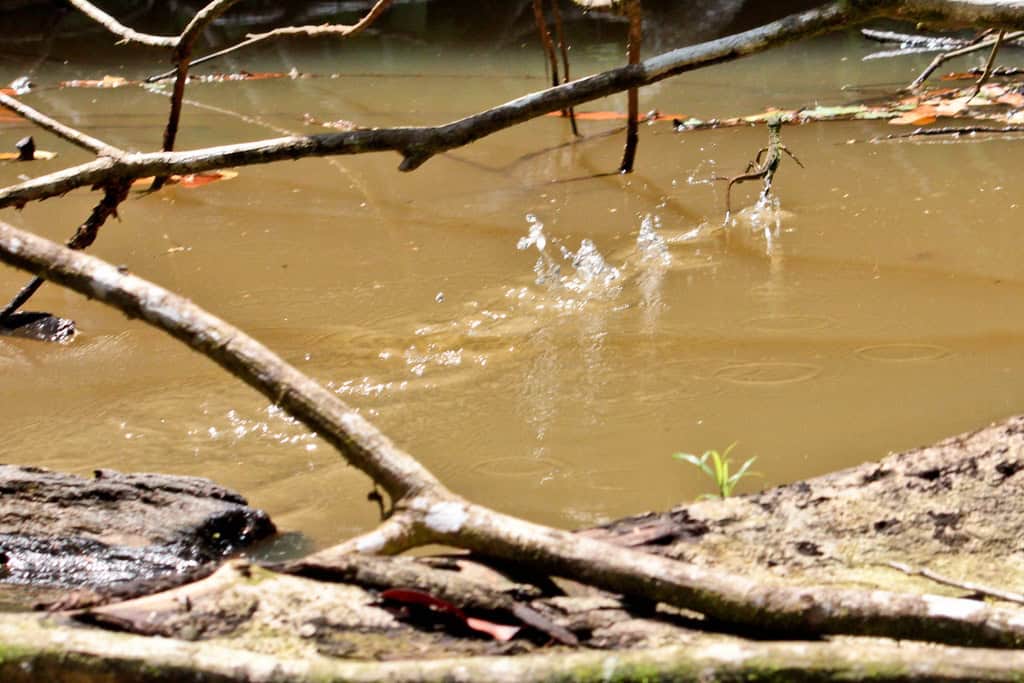
The basilisk’s enduring legacy extends beyond entertainment into language, science, and cultural understanding. The term “basilisk” has entered scientific nomenclature, with a genus of Central and South American lizards bearing the name due to their crown-like crests. These lizards, though harmless, can run on their hind legs across water for short distances, creating a seemingly supernatural spectacle that echoes their mythological namesake’s miraculous powers. In medicine, the term “basilisk vein” was historically used to describe certain blood vessels, while “basilisk gaze” occasionally appears in psychological literature to describe particularly intimidating or piercing stares.
On a deeper level, the basilisk myth continues to serve as a powerful metaphor for dangers that cannot be directly confronted. In an age of invisible threats from radiation to viruses, the concept of a danger that kills when observed remains metaphorically relevant. The basilisk also represents humanity’s complex relationship with knowledge and power—the warning that some things are too dangerous to look upon directly resonates with modern concerns about technological advancement outpacing ethical considerations. Like all enduring myths, the basilisk has survived because it speaks to fundamental human experiences: fear of the unknown, anxiety about corruption and unnatural creation, and the tension between the desire for knowledge and the dangers that knowledge might bring. Though we no longer fear literal basilisks lurking in wells, the psychological truth behind the myth remains as powerful as ever.
- These Sea Creatures Can Survive Without a Brain - August 18, 2025
- This U.S. Park Has the Most Wild Wolves - August 18, 2025
- What Bears Eat Throughout the Year—and Why It Changes - August 18, 2025

